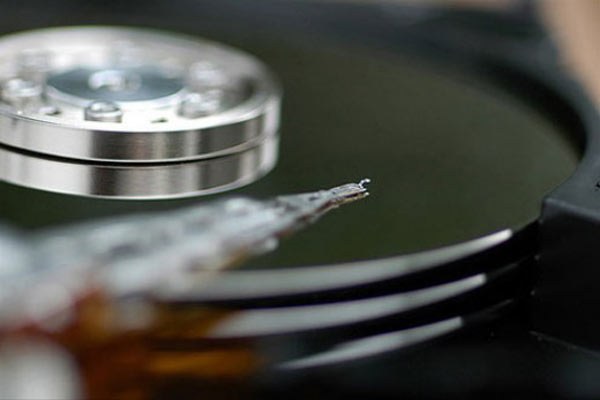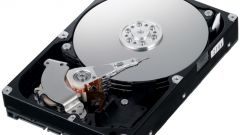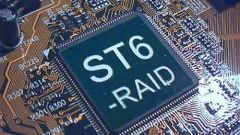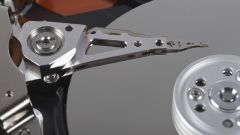Instruction
1
If you know of such updates and know what it is, you surely know how to run the BIOS. If not, then restart the computer. During testing the RAM at the bottom of the screen appears Press Del to enter setup. So you have to press the Del button or one that will be shown instead, that might be a key combination to enter the BIOS.
2
Setting AHCI at the BIOS level is only present in motherboards new generation, where the controller IDE/SATA interface supports SATA II. AHCI is an acronym that stands for Advanced Host Controller Interface. To configure this setting, locate the tab in the ATI SATA Type. The possible values in the tab: Native IDE, RAID, AHCI.
3
In the position of Native IDE appeal to your SATA drives will go, using a mechanism similar to an IDE controller. In this position, do not need additional driver, since all that is necessary for the correct functioning is contained in any operating system. The value of RAID combines hard drives in RAID arrays, the reliability of information storage and speed. To install the required driver on removable media. And finally, the value of AHCI: disk subsystem matters most to high performance in this mode.
4
Similar work is done if the tab is called SATA RAID/AHCI Mode. The only difference is that the mechanism the IDE controller will be used to Disabled. RAID & AHCI settings SATA RAID and AHCI Mode, respectively.
5
If you have a tab, SATA AHCI Mode, there will be values: Enabled (Enabled) or Disabled (Off). The Enabled parameter allows you to take advantage of AHCI mode.
6
To enable AHCI, it is recommended to install the operating system. If you change the mode in the BIOS happened when you installed the system – there will be "blue screen of death". To avoid this, forcibly replace the standard driver IDE/SATA.
7
If it so happens that you have installed the old OS (Windows 9x family), using the AHCI controller is hardly acceptable, as there are no required drivers.









